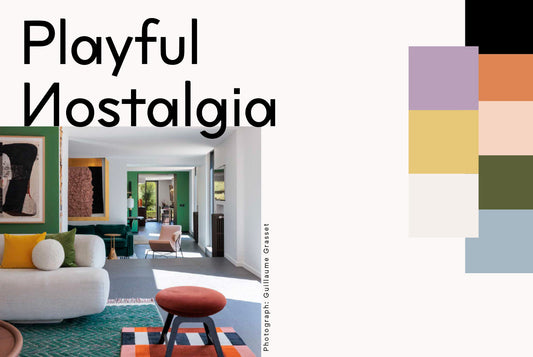Printmaking, an art form rooted in antiquity, has evolved through the centuries, profoundly influencing visual culture and artistic expression. It has a long and interesting connection with framing. This article looks briefly at how printmaking and picture framing have developed together and influenced each other over time.
Origins and Early Development
Printmaking began in ancient times, with early examples in China during the Tang Dynasty (618-907 AD). Initially used for religious texts and images, the technique spread to Europe via the Silk Road. The first European printmaking started with woodcuts in the 1400s, mainly for making playing cards and religious pictures.

The Emperor Ming Huang Travelling in Shu
Unknown Artist (Public Domain)
For some time, frames were made from simple pieces of wood as a form of protection and to display prints. Over time, they also became decorative, adding value to the artworks.
During the Renaissance, printmaking advanced with the use of engraving and etching, which made prints more detailed and complex. Artists like Albrecht Dürer transformed the medium, treating printmaking with the same seriousness as painting and drawing.

Young Hare
Painting by Albrecht Dürer
Simultaneously, the art of framing saw significant advancements. Frames became more ornate, often reflecting the styles of the period. Ornate frames and intricate carvings were trendy, displaying the significance of art and the wealth and taste of the owner.
The 17th to 19th Centuries: Expansion and Experimentation
Artists had new ways to make prints using techniques like mezzotint, aquatint, and lithography, making printmaking easier for all. Prints became a popular method for reproducing famous paintings and spreading them among the emerging middle class.
Picture framing mirrored this expansion. By the 17th century, frames were integral to the display of art in galleries and homes. The styles and materials used in frames varied widely, often influenced by local trends and the availability of materials. In the 1800s, photography changed how people framed pictures by using glass for protection and establishing standard frame sizes.
Bengal Tiger
Eugène Delacroix
Modern and Contemporary Printmaking
The 20th century brought innovations such as screen printing and digital printing, broadening the scope of printmaking. Artists such as Picasso and Warhol used these methods in their art, pushing the limits of traditional printmaking.
Contemporary framing practices have evolved to meet the needs of modern printmaking. Conservation framing techniques, using acid-free materials and UV-protective glass, have become standard to preserve prints' integrity. Minimalist frames or even frameless mounting options like acrylic face mounting reflect modern aesthetic preferences, focusing on enhancing rather than overpowering the artwork.

Image reproduction: WolfWalkers Linocut by Clara - Cartoon Saloon - All rights reserved.
The history of printmaking not only shows how it has changed, but also how artists have protected the art. Printmaking has a rich history that includes the development of various techniques over time. Additionally, the preservation and framing of these artworks have played a significant role in their history.
Printmaking and picture framing have a close relationship. They both impact and improve each other, making the print more valuable and appealing. As art and beauty evolve, their interaction will continue to change, reflecting broader trends in these fields.
Leah Hewson is an Irish artist who creates abstract art inspired by the human mind. Leah studies how people behave and think, and uses art to show these ideas.





